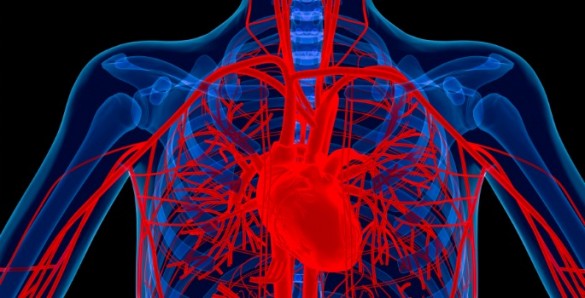Embryonic stem (ES) cells, which can “mature” into multiple tissue types, may be a versatile source of cells for regenerating damaged tissues such as heart muscle. But first, investigators must develop reliable tools and methods for coaxing them to become desired cell types.

Antonis Hatzopoulos, Ph.D., and colleagues are exploring how the Wnt signaling pathway, which is known to play many roles in cardiovascular development, regulates ES cell differentiation into other cell types. They report in the Jan. 1 issue of Stem Cells and Development that multiple waves of different types of Wnt signaling – “noncanonical” and “canonical” – regulate ES cell differentiation. Blocking the initial noncanonical Wnt signaling promoted blood cell development. Blocking the later peak of canonical Wnt signaling favored cardiovascular cell development and also activated compensatory Wnt signaling that further increased the number of cardiac progenitor cells.
The findings provide new insights on Wnt signaling during ES cell differentiation and point to a method for inducing the cells to become cardiac muscle cells.
This research was supported by grants from the National Heart, Lung and Blood Institute.















